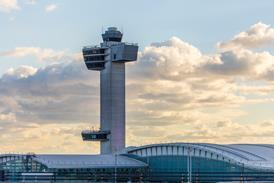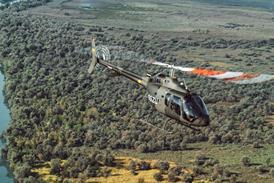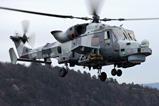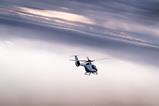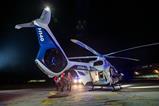Leonardo is facing a £2.15 billion ($2.63 billion) damages claim from the family of King Power Group founder and chairman Vichai Srivaddhanaprabha, who was killed alongside four others when his AW169 helicopter crashed in the UK shortly after take-off due to a tail rotor failure.
Lodged in London’s High Court, the legal action alleges the airframer is to blame for the accident due to multiple lapses in its design process that failed to address a known issue with the tail rotor.
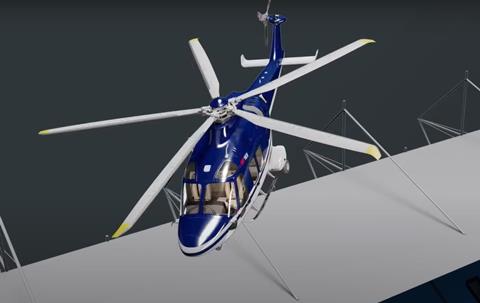
A UK Air Accidents Investigation Branch (AAIB) probe concluded that the October 2018 crash was caused by the loss of tail rotor authority triggered by the seizure of a duplex bearing in the tail rotor control system.
However, it also noted a litany of certification flaws at European level which created the conditions for the accident to take place.
In addition, the AAIB found that the Starspeed-operated AW169 (G-VSKP) was compliant with all applicable airworthiness requirements, had been correctly maintained and was appropriately certified for release to service prior to the accident flight.
But the claim alleges the bearing seizure, “and the catastrophic consequences” which followed, “were the result of multiple failures in Leonardo’s design process”, including its decision not to implement on the AW169 “a key design alteration it had made in other helicopter variants to mitigate one of the risks”.
Had Leonardo made the design change, altering the thread direction on a critical nut as it had on the AW139, the claim says that “alone may have prevented the total loss of control of the helicopter and the death of all those onboard”.
It also alleges that the manufacturer failed to warn customers or regulators about the risk.
The claim seeks compensation for the loss of earnings and other damages, valued at £2.15 billion, which were the result of Srivaddhanaprabha’s premature death.
Thailand-based duty-free retailer King Power Group, which he founded, was earning of over £2.5 billion per year and had a net profit which peaked at £237 million in 2017.
Revenues declined from 2020 onwards, although this was in no small part due to the impact of the Covid-19 pandemic on travel retail sales, but have since recovered.
Leonardo says it “has the deepest sympathy for those who lost their lives in the accident” and that their “deaths were an unquestionable tragedy”.
However, the manufacturer says it “intends to defend this claim”.
“The AAIB final report, released in September 2023, has not directed any recommended actions to Leonardo. The AAIB report concluded that Leonardo complied with all regulatory requirements in both the design and manufacture of the AW169,” it says.
“Leonardo meets the most modern and stringent certification and safety standards in the sector. Any further comment on the claim at this time would be premature.”
Additionally, a three-week coroner’s inquest into the five deaths will begin on 13 January. Alongside Srivaddhanaprabha, two members of his staff, Kaveporn Punpare and Nusara Suknamai, and pilots Eric Swaffer and Izabela Lechowicz were killed in the crash.
AAIB investigations found that shortly after passing through a height of around 300ft, following a rearward departure from the pitch of Leicester City FC’s King Power stadium, an increasing right yaw rapidly developed, despite the immediate application of corrective control inputs from the pilot.
Full deflection of the left pedal was reached after around 1s as the pilot attempted to counter the right yaw movement, says the report.
The helicopter continued to climb for another 5s until reaching around 430ft, when the collective was reduced, before descending with a “high rotation rate” – peaking at 209°/s – and striking the ground on a stepped concrete area outside at the stadium, coming to rest on its left side.
Simulator recreations of the crash indicated that regaining positive control of the helicopter’s trajectory in the time and height available was “not possible” for the pilot, the inquiry adds.
Damage from the impact to the lower fuselage, parts of which were driven into the fuel tanks, resulted in a “significant fuel leak”, says the AAIB. This ignited shortly after the helicopter came to rest and an “intense” post-impact fire “rapidly engulfed” the fuselage.
In the wake of the accident, Leonardo Helicopters issued 16 safety bulletins and the European Union Aviation Safety Agency nine airworthiness directives related to the tail rotor and the duplex bearings on both the AW169 and AW189.
Leonardo Helicopters has also changed the design of the duplex bearing – switching to steel rather than ceramic balls – and that of the tail rotor control actuator.




